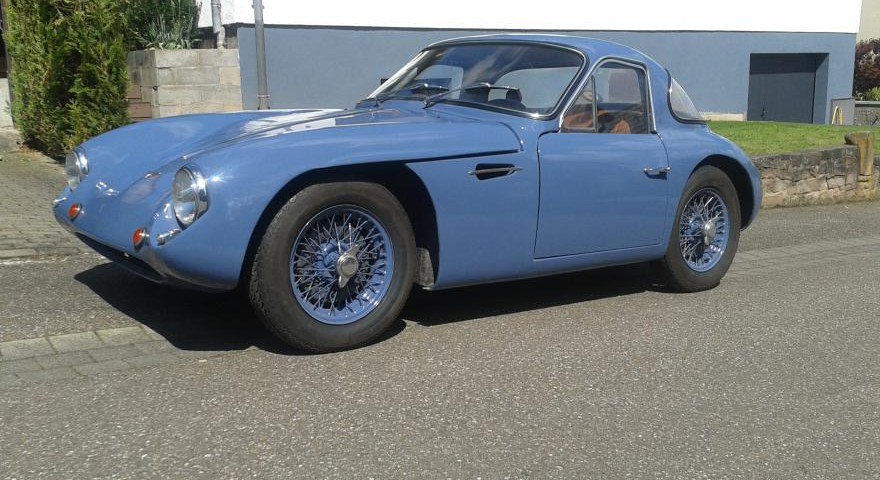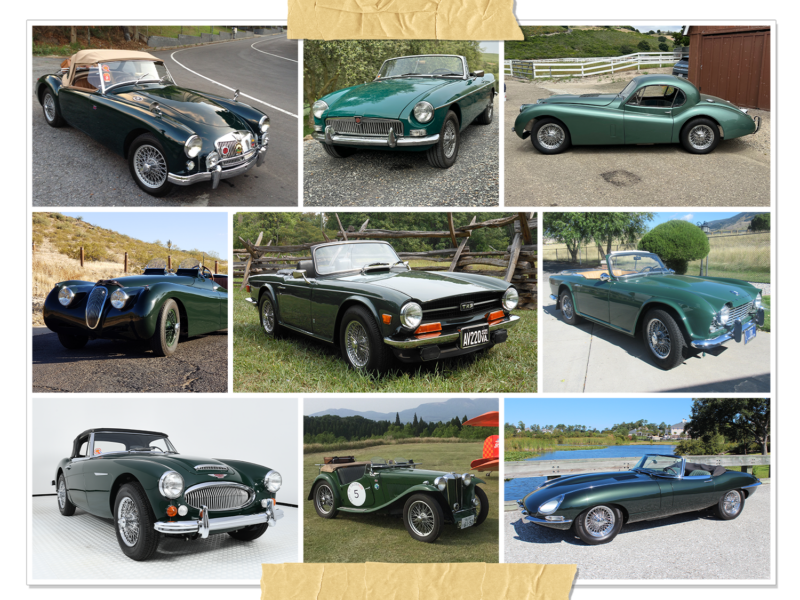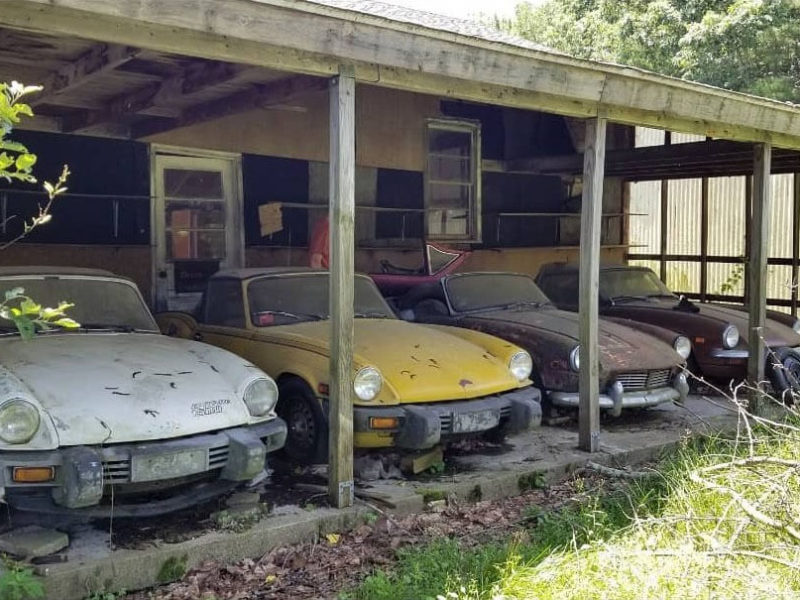Trevor Wilkinson was the classic example of the English tinkerers known as the “Men in Sheds.” Unhindered by structured education in engineering principles, most of these lads were self-taught or took their instruction on the fly when they could. Even before Trevor Wilkinson formed Trevcar in 1957, he had been building specials for himself and customers and developed a strong following for the speed of his creations and their success on the track. When the name was changed the next year to TVR – from the Wilkinson’s first name without having to buy any vowels from Vanna White – Wilkinson was on his way to one of the most remarkable success (and failure) and success (repeat as many times as you can) ever with the small Blackpool firm standing at one time as the world’s third largest specialized sports car manufacturer.
Wilkinson left school at the tender age of 14 and began an engineering apprenticeship at a local garage and after the end of World War II he purchased an old workshop and started out on his own. With an original chassis and a Ford side valve engine from a 1936 van, the first car had an aluminum body and a front independent trailing arm suspension. The next car built used the same chassis with Morris Eight components but with wishbone control arms and single transverse leaf springs. The third car had a blunter fascia and was used in various time trials and hill climbs to some success.
The first real car – a sports saloon- debuted in 1953 and used the running gear from an Austin A40 with a fiberglass body shell. Offered for sale as a kit in 1954 for £650 it was the car that put the small firm on the map. It was the Grantura, however, that really established the TVR name and with a backbone chassis and Austin-Healey brakes it was the first to sell in substantial numbers (approximately 100 made). Most of the Granturas used Ford or MG engines and increased improvements brought an independent suspension to all four wheels.
 Former Triumph engineer Ken Richardson was hired in 1962 to help facilitate the entry of the cars into international racing competition and a trio of vehicles competed in the 12 Hours of Sebring. Unfortunately, the international stage was not kind and the effort fizzled out.
Former Triumph engineer Ken Richardson was hired in 1962 to help facilitate the entry of the cars into international racing competition and a trio of vehicles competed in the 12 Hours of Sebring. Unfortunately, the international stage was not kind and the effort fizzled out.
The 1800 debuted in 1964 and various iterations of the series would come over the next three years. A budget model with the Triumph Spitfire 1300 engine was produced from 1971 to 1972 alongside the almost identical 2500, which used the larger TR6 six-cylinder power plant. Proper production began in 1973 (when only turnkey models were offered for sale) but the entire run is coveted as one of the classic hairy chested British sports cars.An ever faster array of cars were built in varying numbers and the V-8 powered Tuscan models were beasts in both output and handling prowess. Various other TVRs followed and frequent ownership changes became the order of the day. TVR soldiers on, however, and may yet again write further chapters in its history











'Men in Sheds – TVR & Trevor Wilkinson' has 1 comment
November 13, 2015 @ 2:22 pm Richard Breedon
Here is a short video of my 1974 TVR 2500M starting up: https://youtu.be/fGAlvfX9HM4